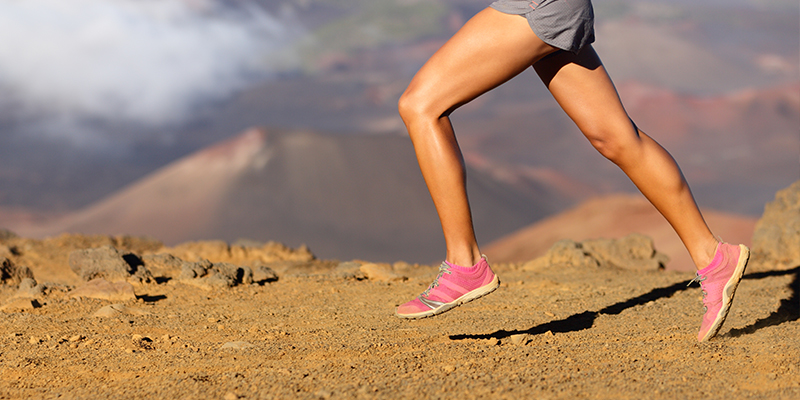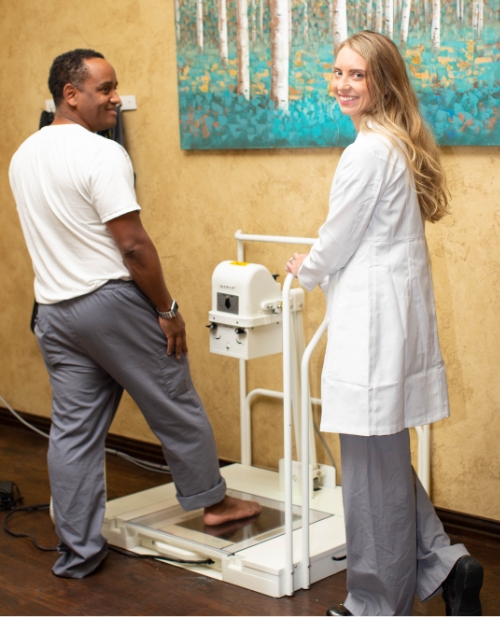
Your shoes create a warm, dark, and moist environment with high humidity. These conditions can encourage the growth of fungus and lead to Athlete’s foot, a skin disease caused by the growth of fungus in between the toes or other areas of the foot. The three main types of Athlete’s foot each affect a different part of the foot and appear differently.
Athlete’s foot is contagious and can be spread easily by contact with an infected person, surfaces such as flooring, towels, and shoes. This makes prevention and early treatment essential to your foot health.
Causes of Athlete’s Foot
Athlete’s foot is caused by mold-like fungi called dermatophytes that thrive in warm damp environments. Wearing tight or plastic shoes, not allowing air to move around your feet, and not regularly washing your feet encourage the growth of fungus.
Most people contract Athlete’s foot by walking barefoot on contaminated surfaces in public places like swimming pools or gym locker rooms. Some people are more likely than others to get Athlete’s foot and once you’ve had it you’re more likely to get it again.
Symptoms of Athlete’s Foot (Foot Arthritis)
Athlete’s foot most common symptom is a burning and itching sensation around the infected area commonly the toes. Other symptoms may include:
- Scaly, peeling, or cracking skin between the toes.
- The skin on the bottom of your foot or heel becoming thick and cracked.
- Large fluid-filled itchy blisters on the bottom of the heel or foot.
- Excessive dryness on the bottom of your feet.
- Discolored, thick, crumbling toenails.
If you identify any of these symptoms, you should immediately schedule an appointment with Board Certified Dr. Verville at her office in the Frisco area to develop a comprehensive treatment plan.
Treatment Options for Athlete’s Foot
Options for treatment may vary based on the length of time the athlete’s foot has been present and the severity of the condition at the time of diagnosis. While treatment will vary from person to person, Athlete’s foot is commonly treated with anti-fungal:
- Ointment
- Lotion
- Powder
- Spray
Dr. Verville can recommend the most effective product for your condition. Depending on the severity of your condition, you may require prescription-strength topical medication or systemic medication.
Preventing Athlete’s Foot
Because Athlete’s foot is a recurring problem for people who have had it before, prevention is the key to avoiding this disease. The following simple suggestions will help protect you from Athlete’s foot:
- Keep your feet dry and allow significant airflow around your feet. Whenever possible go barefoot around your house.
- Choose clothing made from natural materials such as cotton or wool.
- Avoid shoes made of plastic or other synthetic fiber that may hold moisture.
- Wear multiple pairs of shoes to allow your shoes to dry before wearing them again.
- Cover your feet in public places such as swimming pools, showers, and locker rooms.
If you have developed Athlete’s foot and need treatment, call our office in the Frisco area at (214) 385-8822 immediately to schedule an appointment with Dr. Verville.







